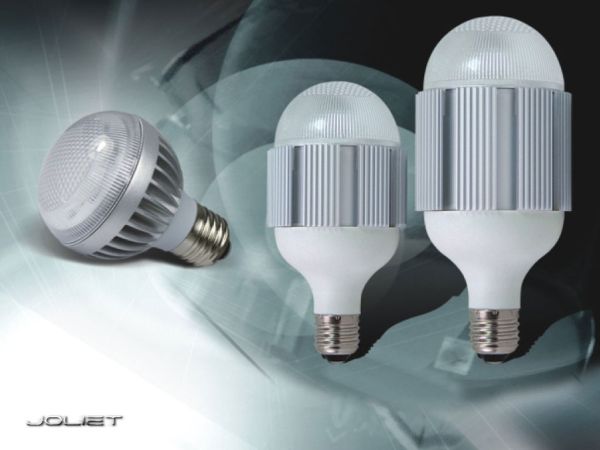
As we know it:
With energy crisis looming large, inventors over the globe have concentrated their attention towards greener and energy efficient alternatives of conventionally used products. When it comes to indoor lighting, replacing conventional incandescent bulbs with next-gen LED lighting seems profitable. The figures support what manufacturers are claiming – while a regular incandescent bulb loses about 98 percent of supplied energy as heat, an LED bulb loses just 20 percent, while converting the other 80 percent to light. Moreover, apart from being highly energy-efficient, LED bulbs are made to last much more than conventional incandescent bulbs.
Need for change:
LED lights consume less energy hence the burden on electricity grid is reduced. While a major percentage of global electricity is still produced in polluting coal plants, saving energy does reduce the amount of greenhouse gases that are being produced and hence emitted. Moreover, manufacturers are researchers have not joined hands to improve LED light technology to make it durable and most cost effective
What’s Next:
1) Remote-controlled LED light bulb
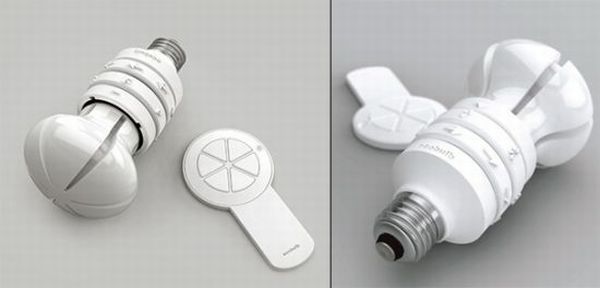
What’s new:
Conceptualized by industrial designer Seokjae Rhee, the LED EcoBulb aims to better the green credentials of LED bulbs using a unique mechanism that illuminates only what is required. The bulb comes with a remote control that allows the user to change the brightness of the bulb with a simple touch of a button. The designer believes that the user will be able to illuminate the parts of the room that are required to help save even more energy.
What difference will it make:
LED bulbs are already energy efficient that their incandescent counterparts. Manufacturing them with a system that allows the user to control the brightness of the bulb ensures even more savings.
2) Sound-powered LED Lamp
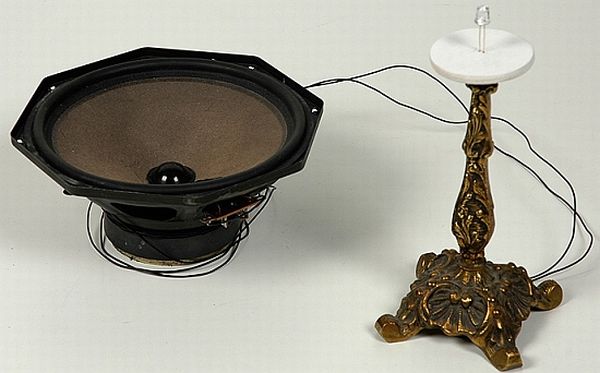
What’s new:
With the rise in the number of cars on the roads and rapid industrialization, noise pollution has become a nuisance for urban areas. To make some good use of noise, inventors have come up with a novel idea to channelize these ‘noise’ resources by converting them into usable electricity, which can illumine a LED lamp. In the new concept, a speaker is used as microphone to absorb the surrounding sounds and convert it into the energy, to light up the LED bulb.
What difference will it make:
Recycling waste noise energy into usable electricity, will help reduce energy demands for LED light bulbs. Waste noise energy , which is present almost everywhere in the world, can be utilized to make clean energy, which can also reduce global carbon emissions.
3) LED Lamps shining 16 million different shades
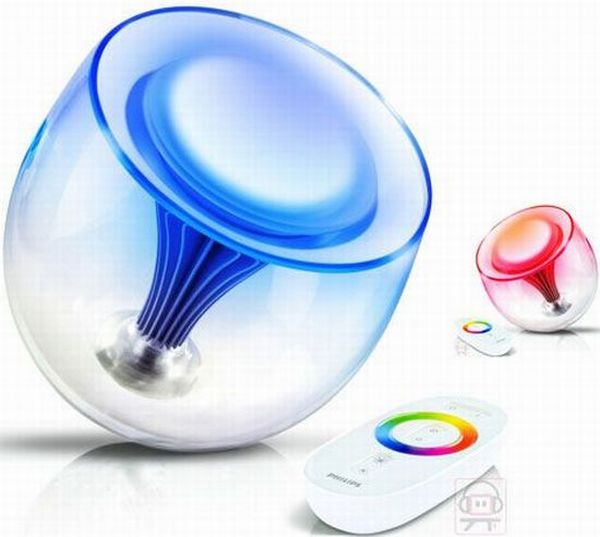
What’s new:
Not many people know that with a new color-changing technology, one LED bulb can illuminate 16 million different shades, making it practically impossible for one to memorize and differentiate one color from another. In 2010, Philips, the lighting giant, unveiled its LivingColor lamps at a media event.
What difference will it make:
In the color-changing technology, a LED bulb, with compact light, illuminates 16 million distinctive shades, which can be controlled by an integrated wireless RF remote. The visual impact of the color-changing bulb is such that it seems more of an artistic work and less of any scientific technology!
4) Orbital Light:
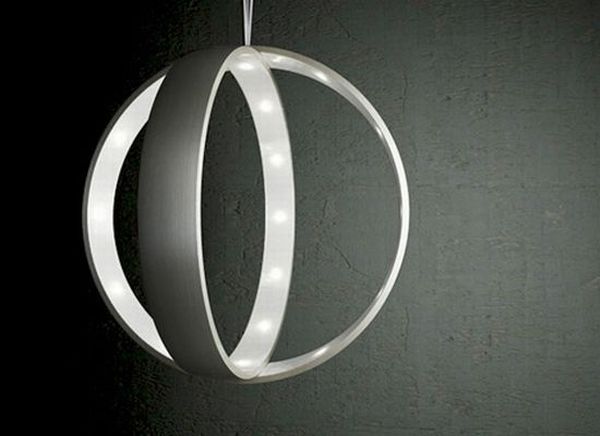
What’s new:
Designers today are persistently trying to exploit eco-friendly gadgets to make-do their image and efficiency, with style. Yet, producing an eco-friendly gadget is rather a herculean task, and immense intellect is involved behind this. One such design is Orbital Light, with LED diodes, which is available in different hanging patterns and effervescent shades to brighten up your room.
What difference will it make:
The Orbital Light with LED diodes, made by LucieKoldova, is both stylish and energy saver. LEDs consume as much as 80 percent less energy, in contrast to any conventional lighting device.
5) Cohda’sCrypsis:

What’s new:
Today, when after every short and timely interval, a new technology is invented, any advanced substitution to LEDs is also quite expected. Many designers claim that by the time LEDs become fully commercially feasible, any other technology, for instance OLEDs, could just replace it.
What difference will it make:
Cohda Technology Limited has come up with Crypsis, low-voltage LED technology. The technology apparently consumes very low power and doesn’t require wires or any conventional source of power for lighting bulbs. It is guessed that either absorbed solar or surrounding energy forms generates enough energy for illumination.
6) 40% cheaper LED light bulbs pay for themselves in two years
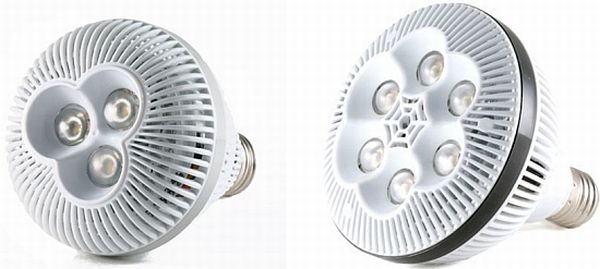
What’s new:
In spite of LED being extremely efficient, sales figures of CFLs light bulbs are higher to that of LEDs. It is believed that although, LEDs save energy, it takes as much as 4 years for a consumer to regain its costs. But recently, Eternaleds Inc. with its new designs apparently has tried to control the cost of LEDs bulbs and that too by around 40 percent.
What difference will it make:
In its new approach, Eternaleds Inc has reduced the use of expensive metal by 40 percent, and instead has replaced it with a plastic body. The new design also increases the air passage inside the bulb, keeping the bulb relatively cooler. Simultaneously, the company also confirms that its products Quanta-9 9W and Quanta-18 18W, which are worth $54.99 and $99.99 respectively, can regain customers cost just in two years.
7) Riflessi – Solar-powered lighting concept:
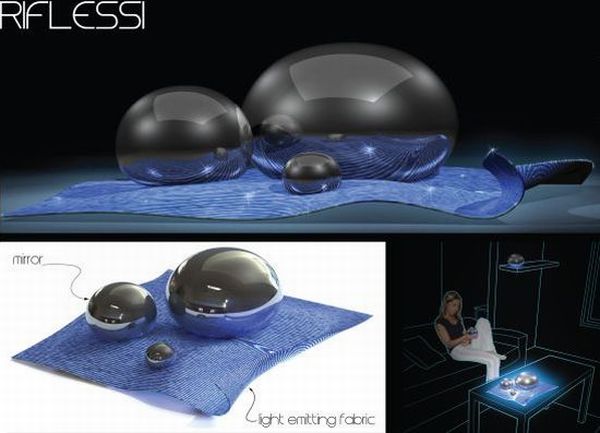
What’s new:
Since design plays an important role in the making of eco-friendly gadgets, designer Yana klimava has conceived the idea of Riflessi lighting system. The lighting system is designed in two parts called the mirror driblets and the fabric and can run throughout the day.
What difference will it make:
The mirror driblets of the gadget reflect the light which its fabric absorbs from the sunlight, while at night it utilizes the daytime generated energy to illuminate the LED bulb. One can also see beautifully lightened up pattern in the room by adding water driblets on the fabric and can also change fabric’s position as per the liking.
8) Google partners with Lighting Science Group to bring out Android LED light bulbs:
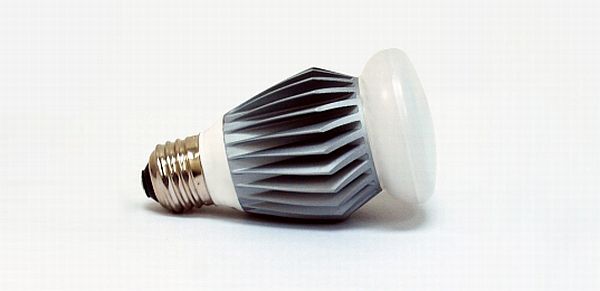
What’s new:
Google, the search engine giant, has made its foray into a rather unusual venture of bulb manufacturing. Google developed A19 LED bulb: suited to any android equipped laptop, tablet, pc or a smart phone. Google, in teamwork with Lighting Science Group, has manufactured 60-watt equivalent LED bulb. The bulb is omnidirectional.
What difference will it make:
Google’s A19 LED is high energy saving bulb with a unique android application feature to dim or brighten up the light as per one’s requirement. Along with this, the bulb has a built-in radio interfaces with Google’s wireless protocol. No sooner the bulbs were brought out at I/O developer in San Francisco, it drew huge public attention.




